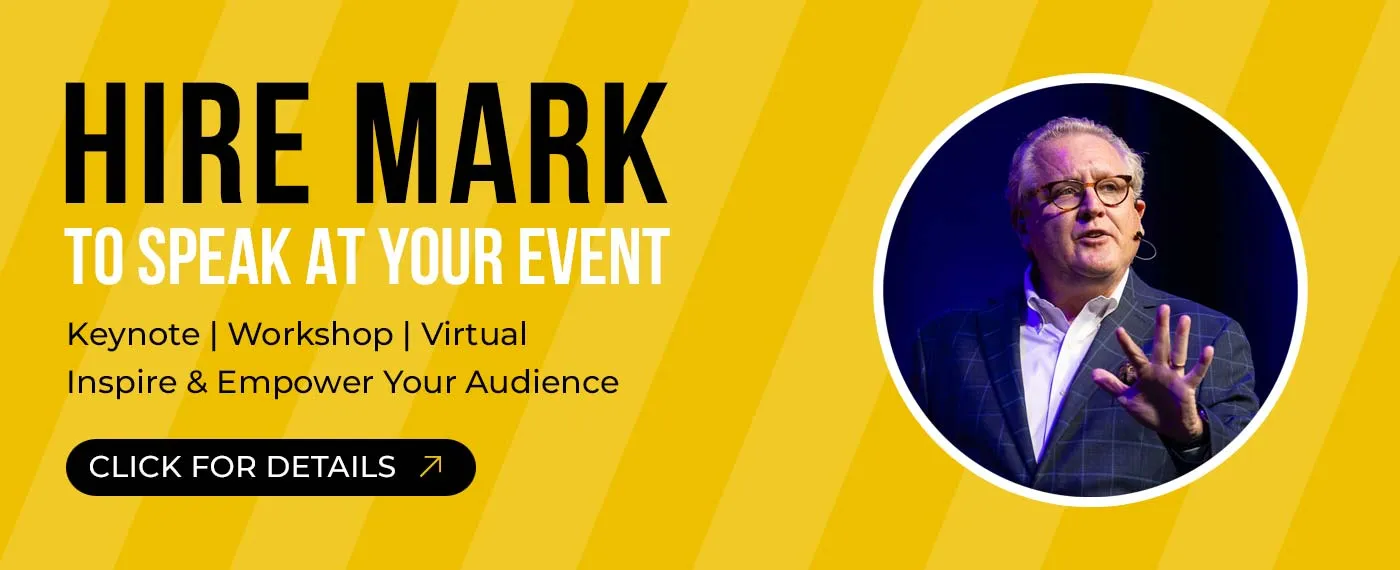By Kerry Gorgone, {grow} Contributing Columnist
One of the standout sessions at SXSW Interactive this year was a presentation by Jonah Peretti of BuzzFeed. In it, he chronicled his journey from early viral sensation to creating a respected media channel boasting 40 million unique visitors.
Having spent more than 10 years studying his successes and failures to find the formula for “going viral,” Peretti is uniquely qualified to help marketers create content that gets shared. Here are some key points from his presentation.
Takeaways from @peretti and #powershift. Probably the best #sxsw session I’ve seen. Bold statement. twitter.com/nathanjokers/s…
— Nathan Jokers (@nathanjokers) March 12, 2013
Engage the “Bored at Work Network”
Millions of people find themselves idle at work from time to time. The importance of appealing to this audience cannot be overstated. “Collectively,” observed Peretti, “they create a network bigger than the BBC or NBC or CBS. More people can receive a piece of media if the ‘Bored at Work’ network likes it.” Case in point: “13 Simple Steps to Get You Through a Rough Day.”
Also optimize your content for mobile, so you can leverage the power of the advancing “Bored in Line” network, as well. Almost 40 percent of BuzzFeed’s traffic comes to the site via mobile, leading Peretti to conclude that “If you don’t optimize your content for mobile, you have zero chance of going viral.”
Understand Your Platform
Facebook is different from Twitter, which is different from Instagram, which is different from Google+. Your content, tone, and timing of posts must be adjusted according to the preferences of each specific community. The task isn’t as daunting as it sounds (you can use HootSuite or another tool to schedule posts), but it does require some thought.
Twitter posts have a half-life of one hour; Facebook about a day; Pinterest about one week. Plan accordingly, and don’t be afraid to repost the same link: just be sure to change the introductory text so you’re not making identical posts. Change the context, and introduce the post using a different angle; emphasize an aspect of the content that will appeal to a particular subset of your audience.
Once you understand how the platforms work, spend half your time refining your message, and half your time thinking about how to promote it. Don’t spend all your time on the idea, then consider about how to promote it as an afterthought. They are equally important.
Social content is changing advertising
We’re shifting back to the “Mad Men” days, when ads told a story and were an integral part of the entertainment experience. Advertising should add to your site, not detract from it. BuzzFeed eschews banner ads in favor of content marketing.
Consider the user experience: integrate advertising that enhances rather than disrupts. Banners don’t give you enough room to tell a story. “Social can help us get back to a golden age of advertising, where brands tell a story.” Combine a compelling story with the massive distribution you get from the social networking platforms.
Treat social like the Paris cafe
People love to linger over coffee at a Parisian cafe. They read philosophy, stop by pat a cute dog, flirt with someone at the next table. It’s all part of the experience. Your social presence needs be this inviting. Encourage people to stick around and engage.
Social networks have become people’s starting point for their online experience. Publishers need to be at the source, creating all types of content — news , branded content, and entertainment — and sharing it via social.
Social is a way of thinking, not a “trick.”
You can’t fool people into thinking that your business is social just because you’re on Facebook (or Pinterest, for that matter). The “trick” is that you must actually be a social entity, equipped with a sense of community and engagement. Scheduling posts that go out into the void will not propel you to social success: failing to engage with your customers in the social space will ultimately hurt your business.
Think in a way that is compatible with social:
- Have a heart. EQ is as important as IQ, possibly even more important. As Peretti observed, “Google is about information: social networks are about emotion.”
- Content is about identity. Enable people to communicate something about themselves that uniquely identifies them. Content that a few people care deeply about is more likely to get shared because it defines them. Example: “32 Absolute Worst Parts About Being Tall.”
- Humor is inherently social. Laughing with people brings us closer, but you don’t have to use humor. Nostalgia works, too. The key is tapping into common experiences.
Incidentally, don’t post things people would be embarrassed to share. People may want to see naked celebrity photos, but they use search for that, not social. What people want to see and what they want to share are two different things, so make your content sharable if you want a chance at going “viral.”
If you have some time, I highly recommend listening to Peretti’s presentation. His talk is informative and entertaining: much like the content that marketers need to create!
 Kerry O’Shea Gorgone, JD/MBA, teaches New Media Marketing in the Internet Marketing Master of Science Program at Full Sail University in Winter Park Florida. Follow her on Twitter: @KerryGorgone
Kerry O’Shea Gorgone, JD/MBA, teaches New Media Marketing in the Internet Marketing Master of Science Program at Full Sail University in Winter Park Florida. Follow her on Twitter: @KerryGorgone



